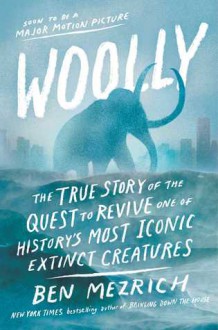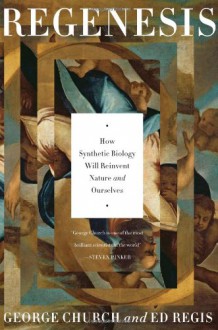
I spent quite a lot of this book wondering why I was reading it. A lot of its arguments felt presented back-to-front and it fell to two stars after it quoted the Bible. Yes, the science discussed is interesting but a reasonable argument for wanting to bring back extinct mammoths in some form wasn't presented until a hundred or so pages in. Until that point I just couldn't understand why someone would think that bringing back a species that hasn't been around for 4000 years and died out quite naturally had a rationale. (It has to do with temperature regulation of the steppe and that environment actually being significantly colder with herd animals trampling the snow – good news for the methane trapped in the arctic permafrost). Pleistocene Park is a cool concept that I may have to look into more, although it's entirely possible that science behind it amounts to mostly wishful thinking.
Otherwise I feel that a quotation by Tom Gilbert about de-extinction that Wray used on page 77 was very much apropos:
"I think it is a very cool project technologically, but most of the environmental reasons people use to justify why we should do it are silly or wrong."
And some of them just weren't very compelling, or didn't seem to have been well thought out. Sure, 150 years is a very short period of time, but look at how the rural/urban landscape has changed in that time. What's the point of trying to bring something back if it'll just die out again? It's a waste of resources. People already complain about pigeons, so why would passenger pigeons be any different?
That said, Wray's conclusion is quite reasonable:
"I think our biggest challenge, if we are to pursue it fully and with increasing fervor, is to somehow couple de-extinction with improved strategies to overcome the larger structural issues that endanger species in the wild. Without expanding on the hard work that conservationists, environmentalists, and some politicians have been doing for decades, de-extinction risks being done in vain."
So yeah, the science is cool and should be pursued because of its potential impact on other areas of conservation, but I remain unconvinced in general.

 Log in with Facebook
Log in with Facebook 







